In an exciting development for wildlife biology and conservation, researchers have announced the discovery of a previously unknown bat species in the diverse ecosystems of Arizona. This remarkable finding not only expands our understanding of chiropteran biodiversity in the American Southwest but also highlights the importance of continued ecological research in areas we might consider well-explored. The newly identified species, now officially named Myotis arizonensis (Arizona Myotis), represents the first new bat species discovered in the continental United States in over a decade, sending ripples of excitement through the scientific community and beyond.
The Surprising Discovery
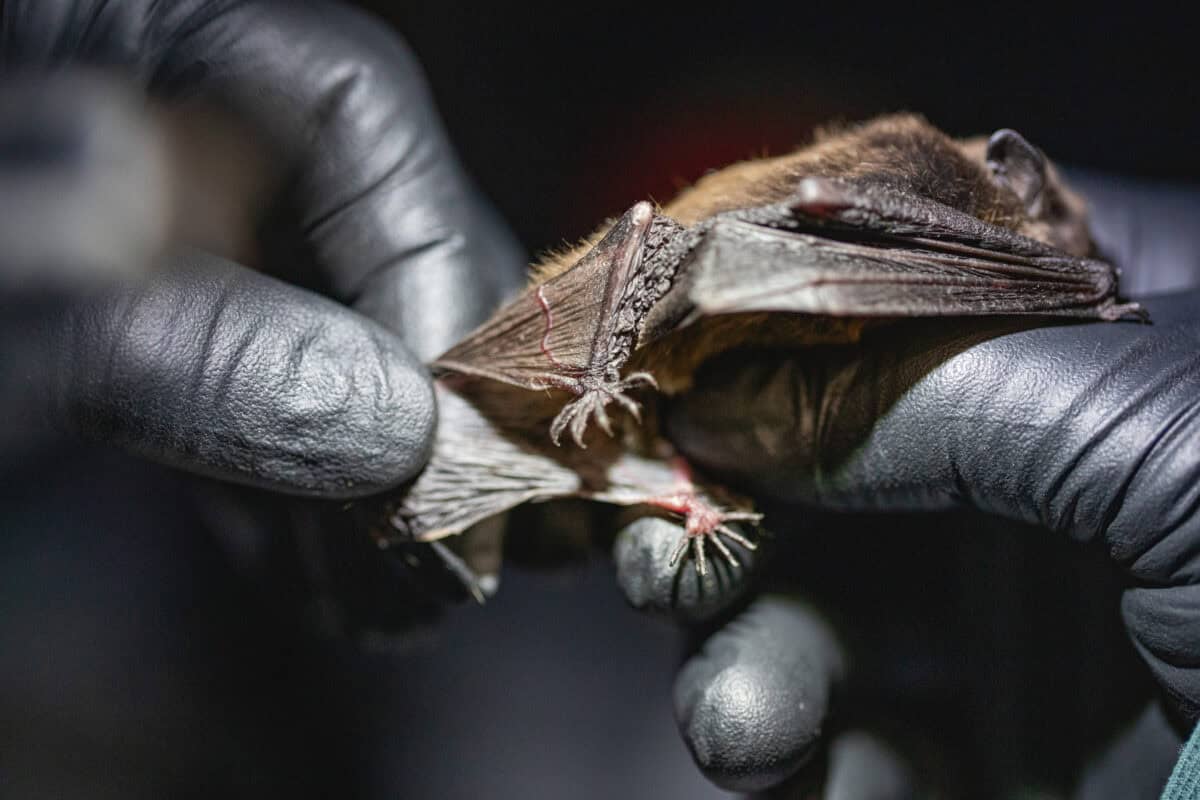
The discovery came about through a combination of methodical field research and advanced genetic analysis. A team of biologists from the University of Arizona, in collaboration with the Arizona Game and Fish Department, had been conducting routine bat population surveys in the Chiricahua Mountains of southeastern Arizona when they noticed subtle morphological differences in several specimens compared to known bat species. While initially suspected to be a variant of the common Myotis californicus (California Myotis), DNA analysis conducted in early 2023 confirmed what the researchers had begun to suspect: these bats represented an entirely new species that had remained hidden in plain sight, despite decades of wildlife surveys in the region.
Physical Characteristics of the Arizona Myotis
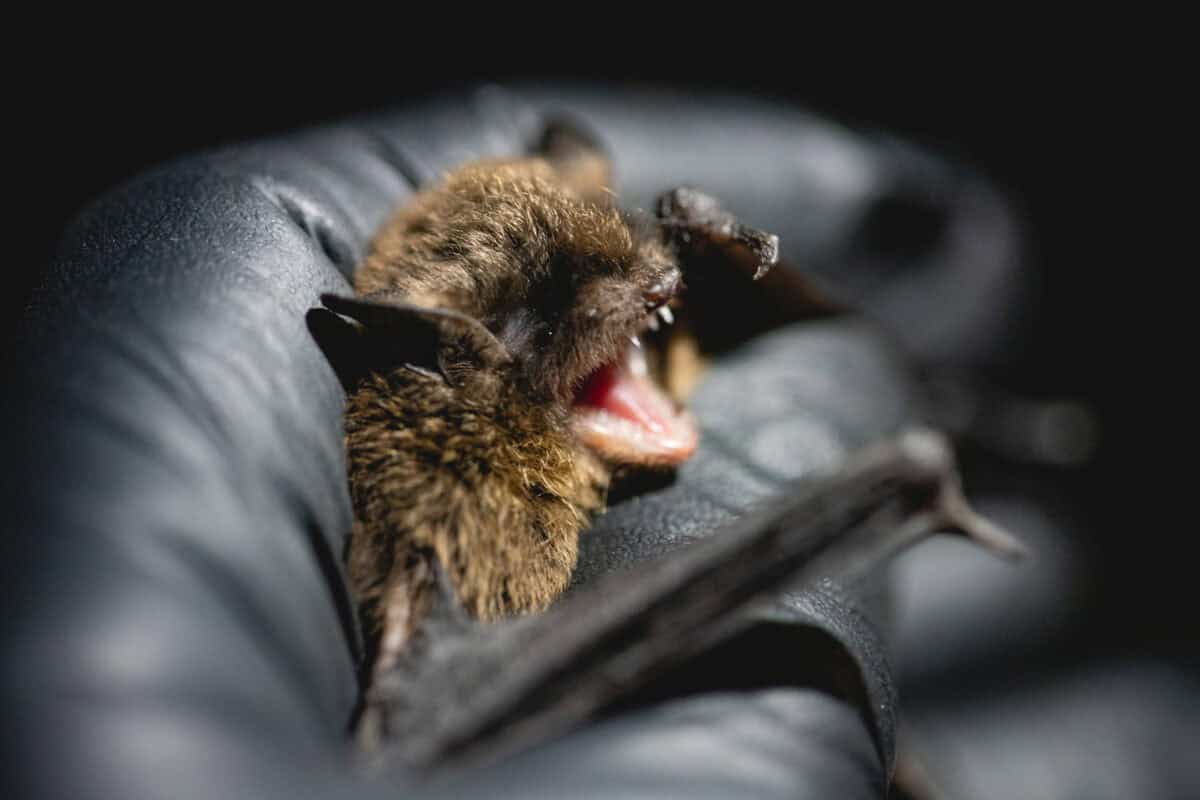
The Arizona Myotis is a small vespertilionid bat, weighing between 3-5 grams with a wingspan of approximately 8-10 inches. Its fur features a distinctive two-tone coloration: a rich cinnamon-brown on the dorsal side that transitions to a lighter beige on its ventral surface. One of its most distinguishing features is the unusually elongated tragus (the pointed projection inside the ear), which is nearly 25% longer than that of its closest relatives. The species also possesses slightly larger feet and a more pointed snout than similar Myotis species, adaptations that researchers believe may relate to its specialized foraging behavior. The wing membranes display a characteristic pattern of blood vessels that differs from other myotis bats, providing another diagnostic feature for field identification.
Habitat and Distribution

Thus far, the Arizona Myotis has been confirmed in several sky island mountain ranges of southeastern Arizona, primarily in the Chiricahua, Huachuca, and Santa Rita Mountains. These isolated mountain habitats, surrounded by desert “seas,” create unique ecological niches that have apparently facilitated the evolution of this distinct species. The bats show a preference for mixed conifer forests at elevations between 5,000 and 8,000 feet, particularly in areas with nearby water sources. Preliminary research suggests their range may extend into similar habitats in neighboring New Mexico and possibly northern Sonora, Mexico, though comprehensive surveys in these regions have yet to be completed. The species appears to be associated with riparian corridors within these mountain ecosystems, suggesting specialized habitat requirements that may have contributed to its previous obscurity.
Ecological Niche and Behavior
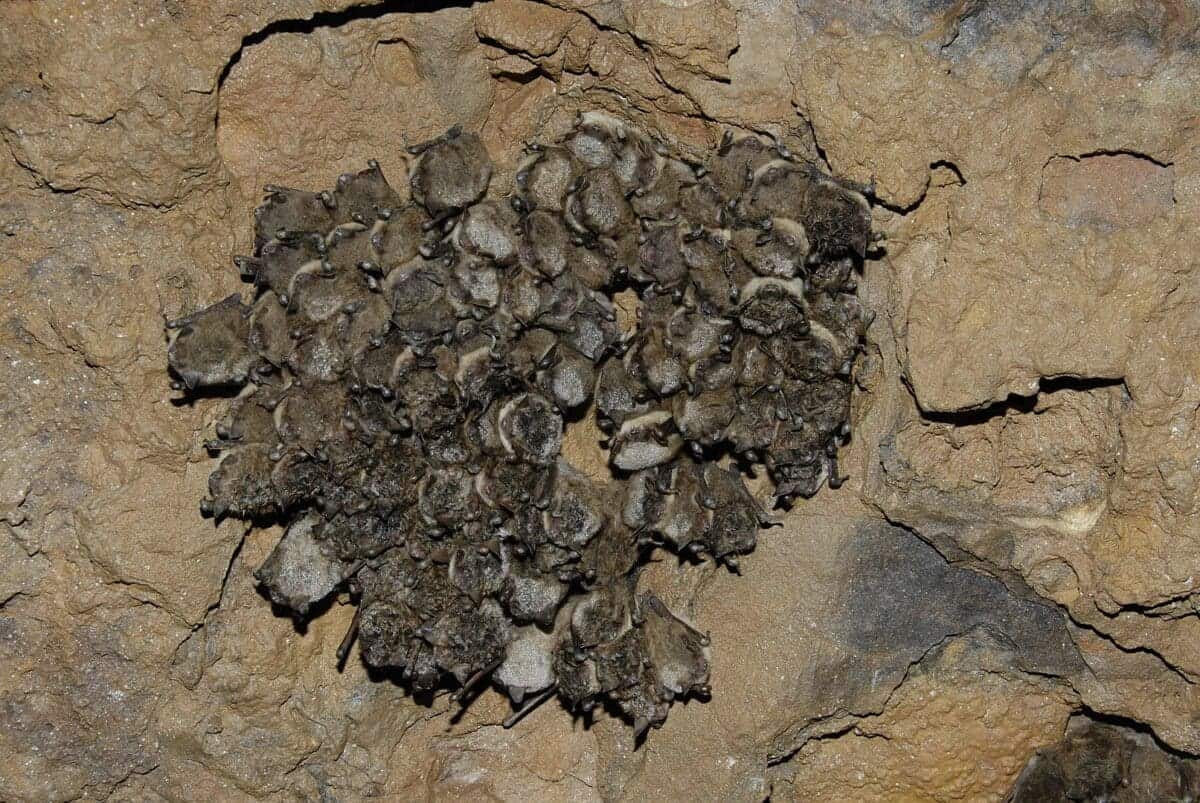
Initial observations indicate that the Arizona Myotis occupies a specialized ecological niche. Unlike many bat species that focus exclusively on flying insects, this new species appears to have developed a technique for gleaning small arthropods directly from vegetation. High-speed infrared video recordings have captured these bats hovering momentarily near the surfaces of leaves to pluck small spiders, mites, and other non-flying prey. This behavior represents an interesting adaptation that may reduce competition with other insectivorous bat species in the region. The bats are primarily active during the first few hours after sunset and again briefly before dawn, suggesting a bimodal activity pattern that researchers are continuing to study.
The Scientific Process Behind the Discovery
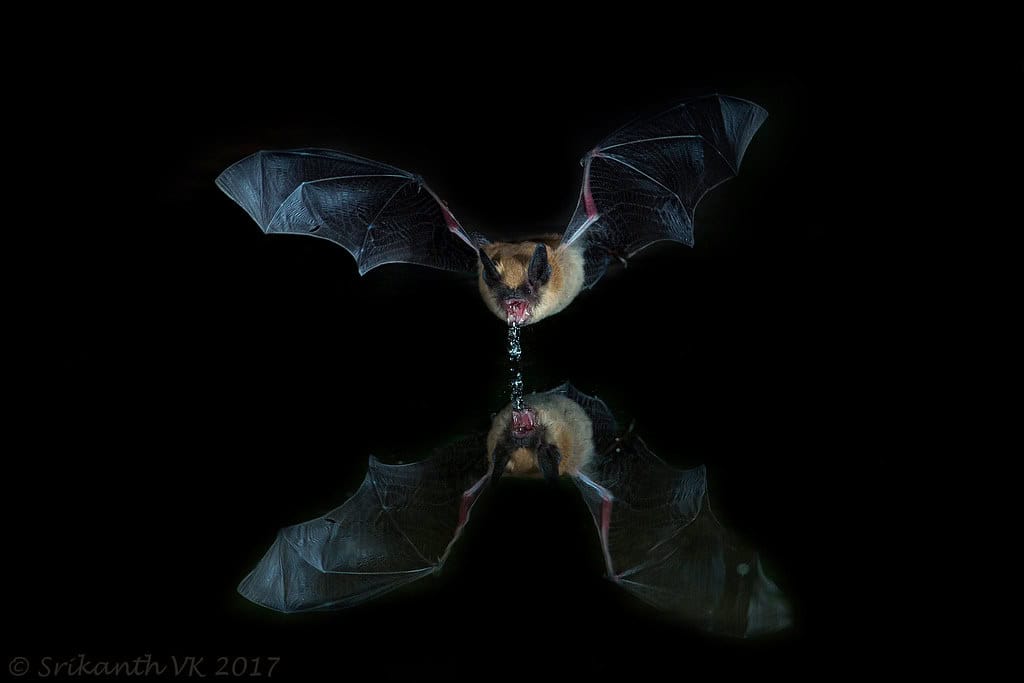
The confirmation of a new species involved multiple lines of evidence and collaborations across several scientific disciplines. After the initial morphological observations suggested something unusual, researchers collected small tissue samples from several specimens for genetic analysis. Mitochondrial DNA sequencing revealed a genetic divergence of approximately 5% from its closest known relatives, well above the threshold typically used to define separate species. This was followed by more comprehensive genomic analysis and detailed morphometric measurements. The findings underwent rigorous peer review before the species was formally described in the Journal of Mammalogy in late 2023. This methodical process, from field observation to official recognition, demonstrates the careful standards applied to taxonomic discoveries.
Historical Context of Bat Discoveries in North America
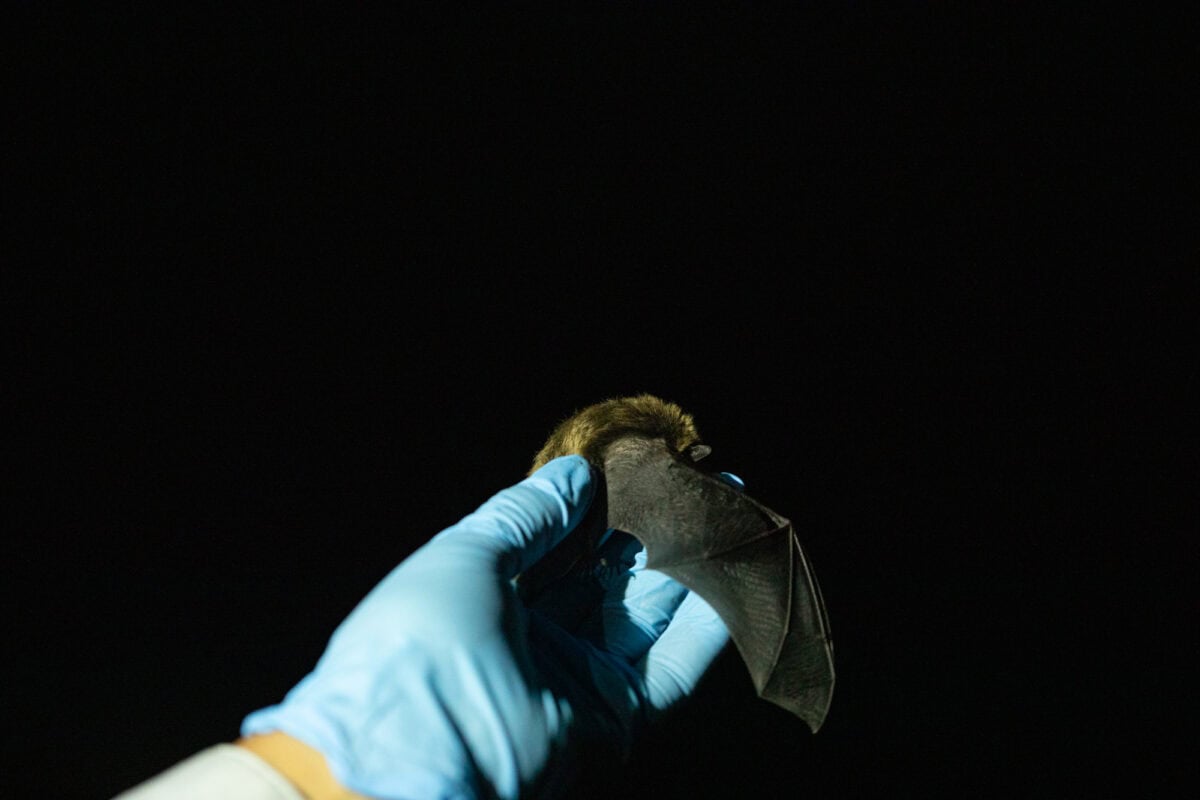
The discovery of Myotis arizonensis is particularly significant given the relatively slow pace of new mammal species discoveries in North America. The last new bat species identified in the continental United States was the American parastrelle (Parastrellus hesperus) in 2006, which was actually a reclassification of a previously known species rather than a completely new discovery. Prior to that, most new bat species in North America were last described in the early 20th century. This recent finding thus represents an unusual event in modern mammalogy and reinforces the understanding that even in well-studied regions, biodiversity may be underestimated. The discovery also follows a global trend of increased bat species descriptions in recent decades, largely enabled by advances in genetic analysis techniques that can detect cryptic species—those that appear physically similar but are genetically distinct.
Conservation Implications
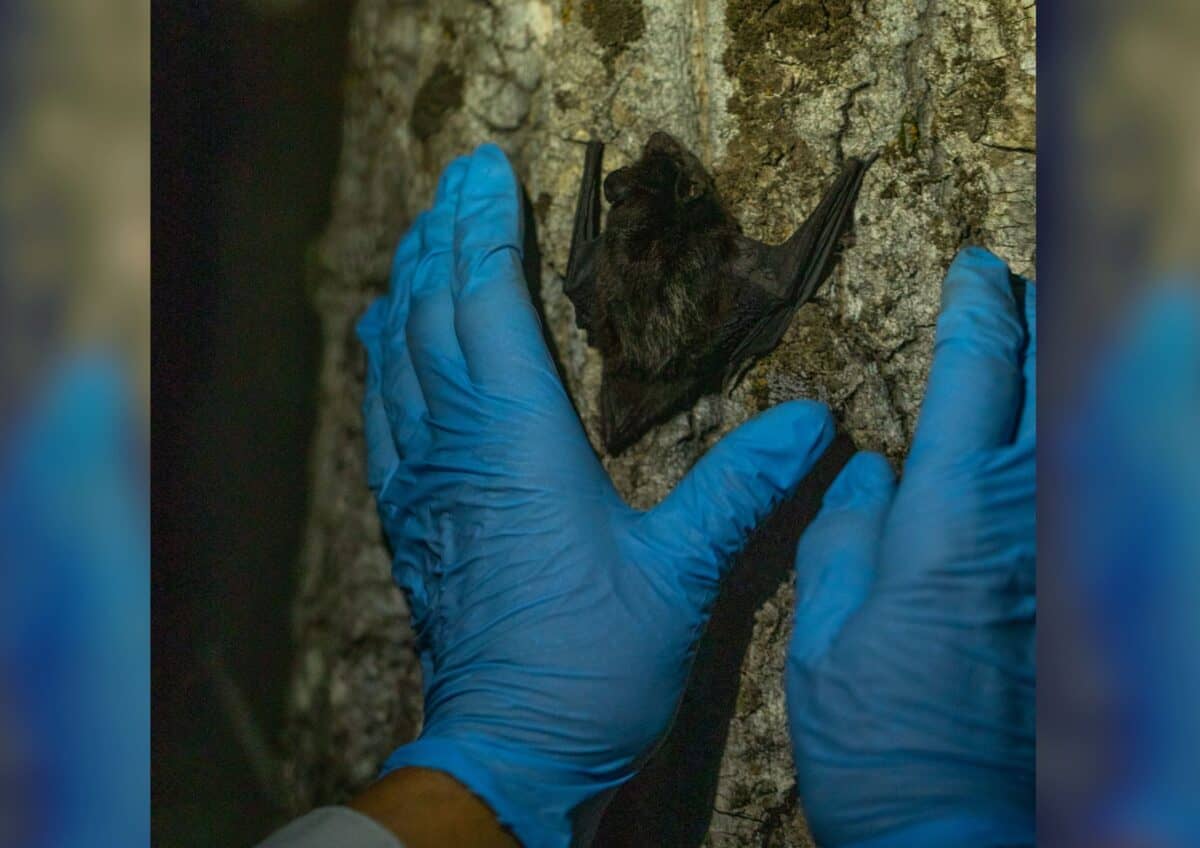
The discovery of the Arizona Myotis comes at a critical time for bat conservation in North America. With many bat species facing severe threats from white-nose syndrome, habitat loss, and climate change, identifying and protecting distinct species is more important than ever. Preliminary assessments suggest the Arizona Myotis may have a relatively restricted range, potentially qualifying it for consideration under endangered species protection frameworks. The U.S. Fish and Wildlife Service has already expressed interest in conducting further population assessments, and several conservation organizations have highlighted the discovery as evidence of the need for increased protection of sky island habitats in the Southwest. The species’ apparent dependence on high-elevation forest environments makes it potentially vulnerable to climate change impacts, adding urgency to conservation planning efforts.
Research Challenges and Methodologies
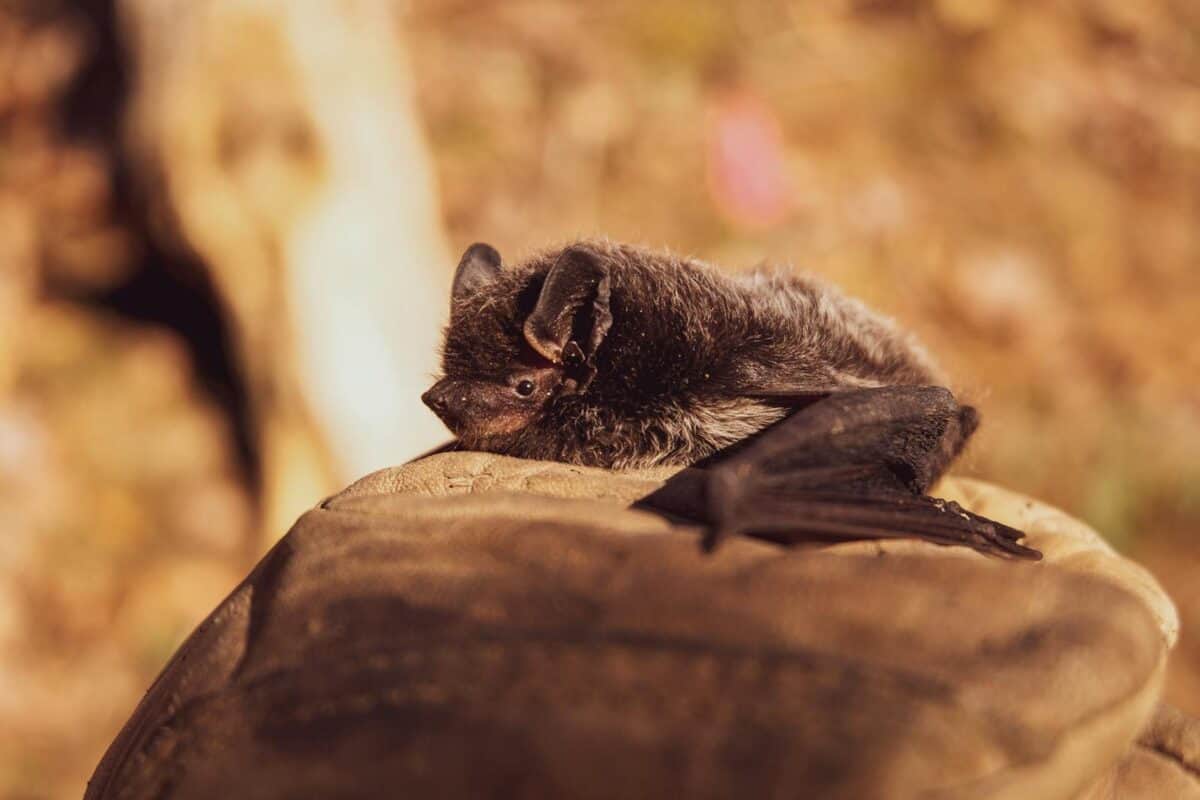
Studying the Arizona Myotis presents several unique challenges that researchers have addressed through innovative methodologies. Traditional mist netting—setting up fine nets to temporarily capture bats for study—proved only partially effective due to the species’ agile flight patterns and tendency to forage in cluttered forest environments. Researchers supplemented these techniques with advanced bioacoustic monitoring, using specialized microphones to record the bats’ echolocation calls, which show characteristic frequencies between 50-60 kHz. Additionally, tiny GPS tags weighing less than 0.2 grams have been attached to several individuals, providing unprecedented insights into their movement patterns and roost selection. These methods exemplify the creative approaches modern wildlife biologists employ to study elusive species while minimizing disturbance to the animals themselves.
Cultural Significance

The discovery has resonated beyond scientific circles, capturing the interest of local communities and indigenous groups with historical connections to the region. The Tohono O’odham Nation, whose traditional territories include parts of the bat’s range, has expressed particular interest in the finding. Some tribal elders have noted that their traditional ecological knowledge included awareness of a small, distinct bat in these mountains, referred to in their language as “the leaf whisperer”—a name that remarkably aligns with the observed gleaning behavior of the species. This connection between modern scientific discovery and traditional knowledge systems provides an opportunity for cross-cultural collaboration in conservation efforts. Local communities in southeastern Arizona have already begun incorporating information about the new species into ecotourism initiatives and educational programs, highlighting the economic and cultural value of biodiversity.
Ongoing Research Questions

The identification of the Arizona Myotis has generated numerous research questions that scientists are eager to address. Key among these is understanding the evolutionary history of the species—when and how it diverged from related myotis bats. Preliminary genomic data suggests the separation may have occurred during the Pleistocene epoch, potentially in response to climate fluctuations that isolated populations in different mountain refugia. Researchers are also investigating the species’ reproductive cycle, with initial observations suggesting a slightly later maternity season than other regional bat species, possibly an adaptation to the phenology of their prey or the microclimatic conditions of their high-elevation habitat. Additional studies are examining potential interactions with other bat species, including resource partitioning and possible competitive dynamics. These investigations not only advance bat biology but contribute to broader understanding of speciation processes and ecological specialization.
Technological Advancements Enabling Discovery

The discovery of the Arizona Myotis highlights how technological advancements continue to revolutionize wildlife biology and taxonomy. Portable genetic sequencing devices allowed researchers to conduct preliminary DNA analysis in the field, providing real-time confirmation that they were dealing with a potentially new species. Thermal imaging cameras with enhanced resolution capabilities captured the bats’ foraging behavior in complete darkness without disrupting their natural activities. Additionally, computer algorithms designed to analyze echolocation recordings helped distinguish the new species’ calls from those of similar bats, even before morphological differences were fully characterized. These technologies represent a paradigm shift in how biodiversity research is conducted, enabling discoveries that might have been impossible even a decade ago and suggesting that other cryptic species may await discovery, even in seemingly well-studied areas.
Conclusion: A Reminder of Nature’s Continuing Mysteries

The discovery of Myotis arizonensis serves as a powerful reminder that our natural world continues to hold secrets waiting to be uncovered, even in regions we consider well-documented. This finding challenges the notion that the era of discovering new vertebrate species in North America has largely passed, and instead suggests that careful observation, combined with modern analytical techniques, may reveal biodiversity that has been hiding in plain sight. For conservation efforts, the discovery underscores the importance of protecting habitats not only for the species we know but also for those we have yet to discover. As research on the Arizona Myotis continues to unfold, it will undoubtedly yield further insights into evolution, ecology, and the complex web of life that sustains our natural systems, while inspiring both scientists and the public to look at familiar landscapes with renewed curiosity and wonder.
- Saving the Andean Bear: South America’s Shy Giant - August 10, 2025
- How Sea Lions Navigate Thousands of Miles Without Maps - August 9, 2025
- The Most Elusive Mountain Lions Roaming the California Wilderness - August 9, 2025
